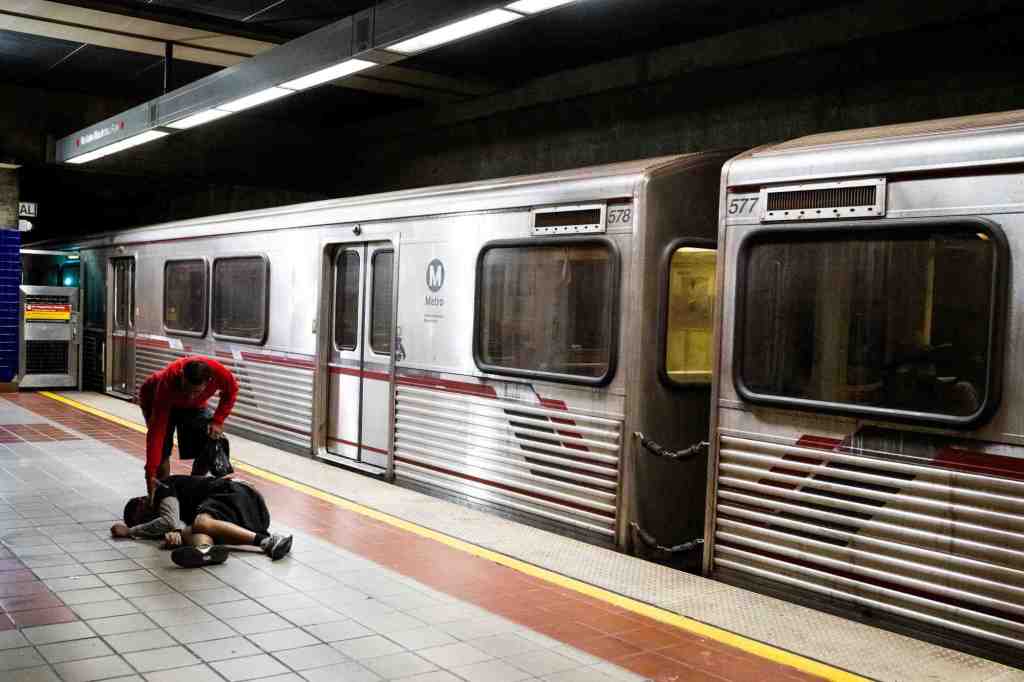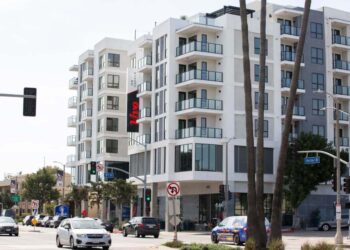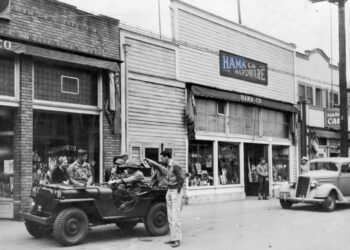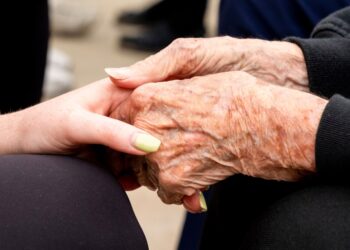The unhoused riders on LA Metro buses and trains are only half the problem. The county transit agency has learned that the other half — which may be more troublesome — is when these riders are forced to exit from the buses and trains after midnight.
Nearly 600 Metro homeless riders, who must disembark nightly while the trains and buses go out of service for maintenance, end up sleeping on city sidewalks, in parks or in building alcoves.
About 800 homeless individuals shelter on Metro rail on any given night, and on average about 555 people experiencing homelessness exit onto city streets at “end-of-line” stations located throughout Los Angeles County, according to a survey released on Thursday, April 27.
The problem has gotten so severe that Metro is scrambling to find solutions and is considering enacting a homeless emergency, similar to those enacted by the city and county of Los Angeles.
A point in time survey conducted by Metro in late March identified a dozen end-of-line train stations, often located in residential areas, where unhoused riders exit and congregate generally between midnight and 3 a.m.
These stations and the number of homeless people observed gathering at each station are as follows:
Union Station, 137 people gathered; North Hollywood at the B (Red) Line Station, 112; 7th Street/Metro Center Station in downtown L.A., 93; Downtown Santa Monica at the end of the E (Expo) Line, 59; Wilshire and Western at the end of the D (Purple Line), 55; Downtown Long Beach at the end of the A (Blue) Line, 39; The C (Green) Line in Norwalk, 18; The L (Gold) Line eastern end at Azusa Pacific University/Citrus Avenue station, 17; C Line at Redondo Beach, 17; L Line at Atlantic Station in East Los Angeles, 4; K (Crenshaw) Line at Expo and Crenshaw, 2; K Line at Westchester/Veterans Station, 2.
“There is nowhere for these unhoused individuals to go, when our trains are out of service,” Desiree Jones, Metro’s senior director of special projects, said at the Thursday…
Read the full article here







